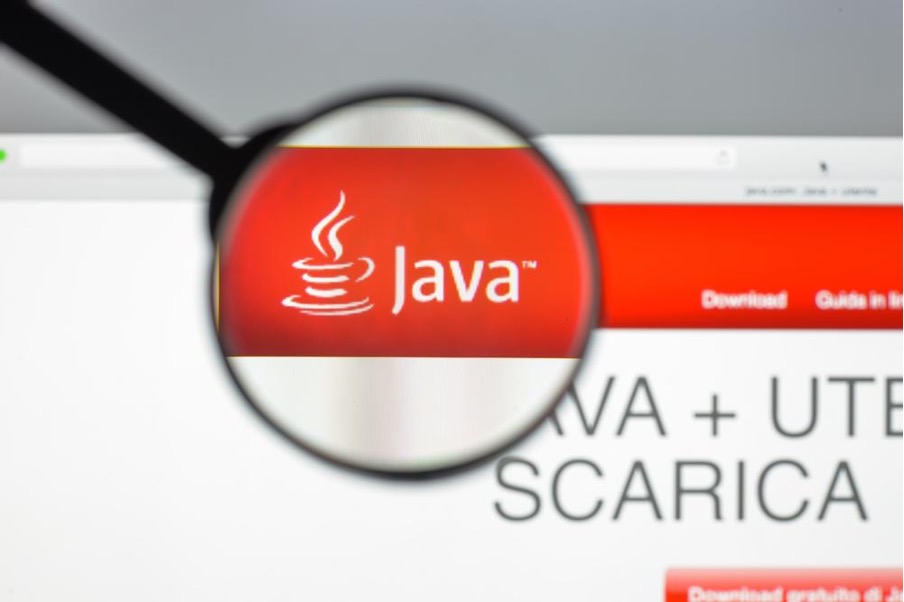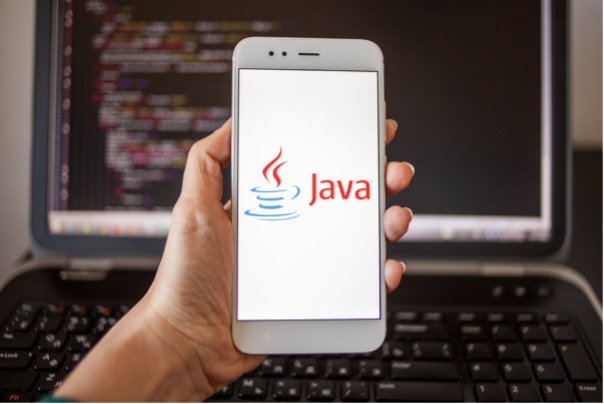This article is about Artificial Intelligence
An Introduction to Open Stack Infrastructure
By NIIT Editorial
Published on 18/01/2022
6 minutes
OpenStack infrastructure is a set of software tools for creating and managing public and private cloud computing systems. Many people believe that OpenStack represents the future of cloud computing since it is backed by some of the greatest names in software development and hosting and thousands of individual community members. The OpenStack Foundation, a non-profit organization, is in charge of the project's development and community creation. Get a DevOps certification online today and learn everything there is to know about OpenStack.
An Overview Of OpenStack
OpenStack allows users to quickly deploy virtual machines and other instances to handle various activities in a cloud environment. It facilitates horizontal scaling, allowing jobs that benefit from concurrent execution to serve more or fewer customers on the fly by simply spinning up extra instances. For example, a mobile app that connects with a remote server could split the task of talking with each user over several instances, all speaking with one another but scaling rapidly and simply as the program grows in popularity.
OpenStack provides infrastructure-as-a-service by pooling, provisioning, and managing vast computing, storage, and network resources clusters. Application programming interfaces (APIs) and an OpenStack dashboard are used to manage these resources, including bare-metal hardware, virtual machines (VMs), and containers. Other OpenStack components enable high-availability operations by providing orchestration, fault management, and services. OpenStack can be installed on-premises, in the cloud to allow public cloud platforms, and at the network edge for distributed computing systems.
What Role Does OpenStack Play In Cloud Computing?
The cloud is all about offering remote computing for end-users, with the actual software running as a service on dependable and scalable servers rather than on each end-machine. user's Cloud computing can refer to a variety of things, although the industry usually refers to operating software, platforms, and infrastructure "as a service." OpenStack, classified as Infrastructure as a Service, comes into the latter group (IaaS). OpenStack provides Infrastructure by making it simple for users to swiftly deploy additional instances on which other cloud components may operate.
What Is The Purpose Of OpenStack?
An organization's current virtualized Infrastructure is often used to construct a cloud computing environment, typically created using a well-known hypervisor such as VMware vSphere, Microsoft Hyper-V, or KVM. Cloud computing, on the other hand, provides more than simply virtualization. Provisioning, lifecycle automation, user self-service, cost reporting and billing, orchestration, and other services are available in a public or private cloud provider. A cloud operating system is created by installing OpenStack software on top of a virtualized environment. You may use it to organize, provide, and manage vast pools of heterogeneous computing, storage, and network resources inside an organization.
In a more traditional virtualized system, an IT administrator would generally provision and manage resources, whereas OpenStack allows individual users to provision resources using management dashboards and an API. Web hosting, big data projects, software-as-a-service delivery, and container deployment are all supported by this cloud-based architecture provided by OpenStack. Other open-source cloud technologies are the most direct competitors of OpenStack. Several people consider OpenStack a viable alternative to public cloud platforms like Amazon Web Services or Microsoft Azure, and a smaller public cloud provider utilizes it as their primary cloud platform.
What Are The Advantages Of Using OpenStack?
Many businesses who adopt and operate an OpenStack infrastructure benefit from several factors, including the fact that it is:
Affordable
OpenStack is open-source software licensed under the Apache 2.0 license and is freely accessible. It implies that there are no upfront costs associated with acquiring and using OpenStack.
Reliable
OpenStack is a complete and proven production-ready modular platform. A company may create and run a private or public cloud with over a decade of development and use. It has a diverse range of features, including scalable storage, high performance, and data security, and people widely use it across sectors.
Vendor-Neutral
Because of its open-source nature, some businesses perceive OpenStack as a solution to prevent vendor lock-in, both as a platform and as specific component services.
Conclusion
OpenStack has gotten a lot easier than it was in the beginning. The range of applications operating on an OpenStack infrastructure is ever-expanding as more enterprises use OpenStack as part of their cloud arsenal. So, by enrolling in the best DevOps course online, you will be able to learn everything there is to know about OpenStack and manage it with ease.
Cloud Computing and SysOps Program
Be job-ready! Earn a min. CTC of ₹4LPA with this -assured program*
Placement Assured Program*
12 Weeks

















































































































































































































































































































































































































































































